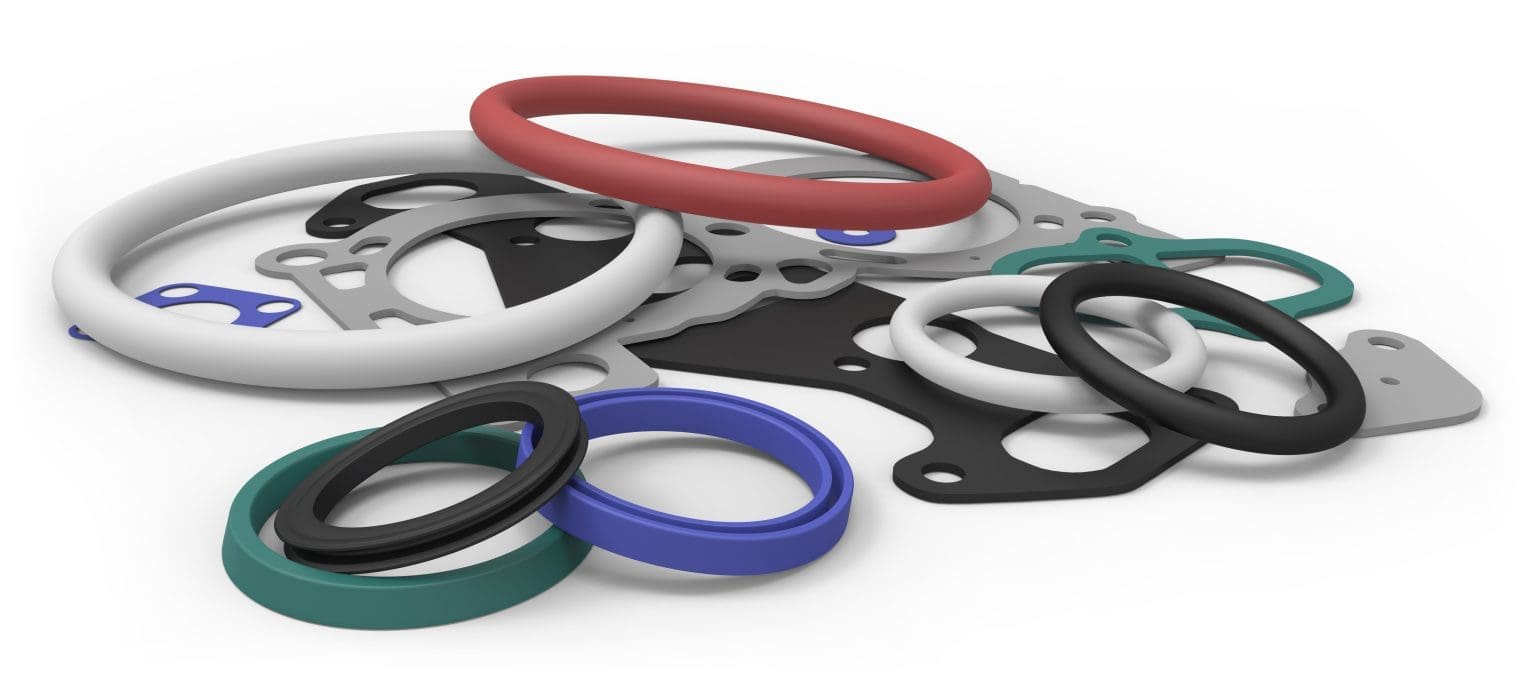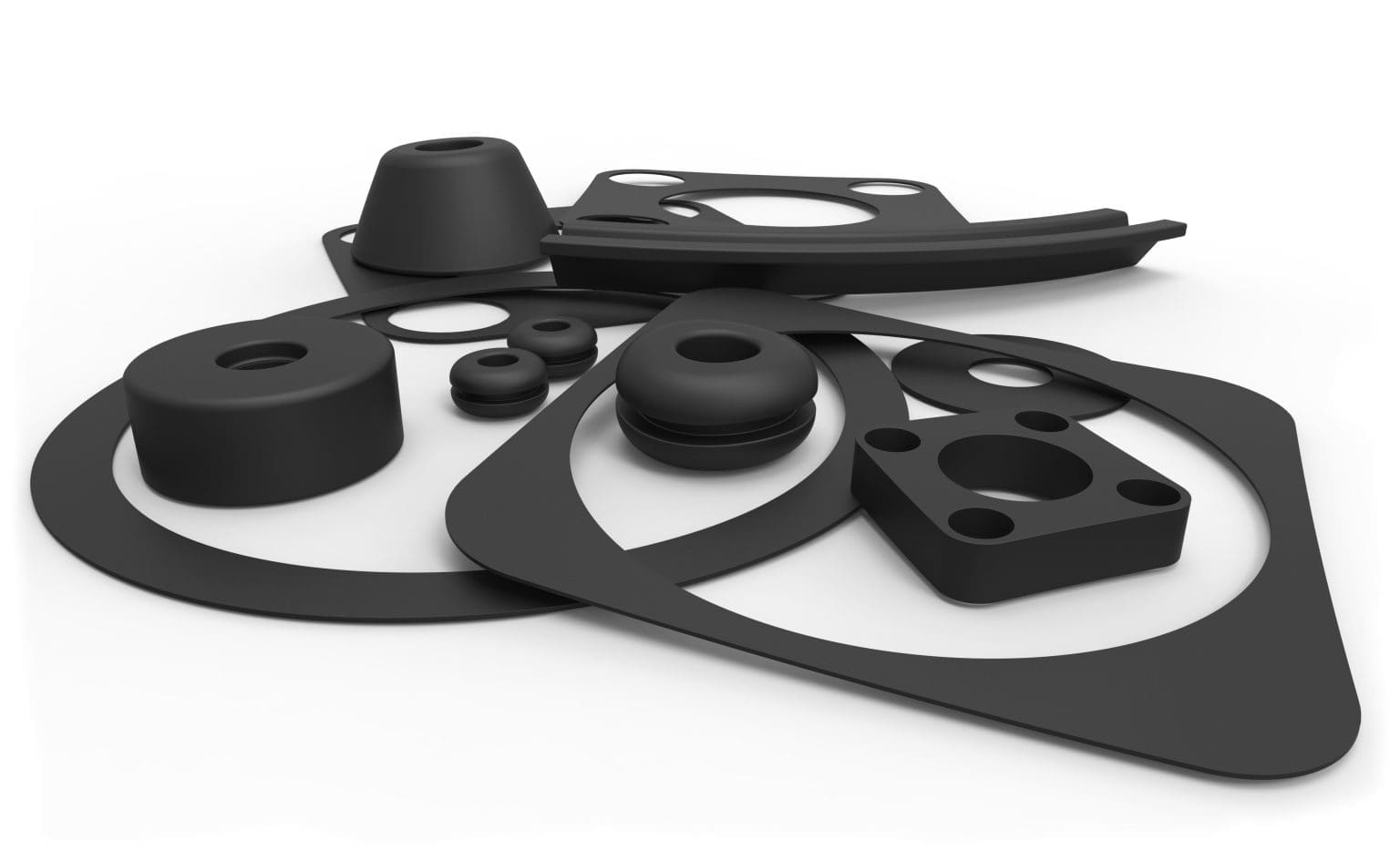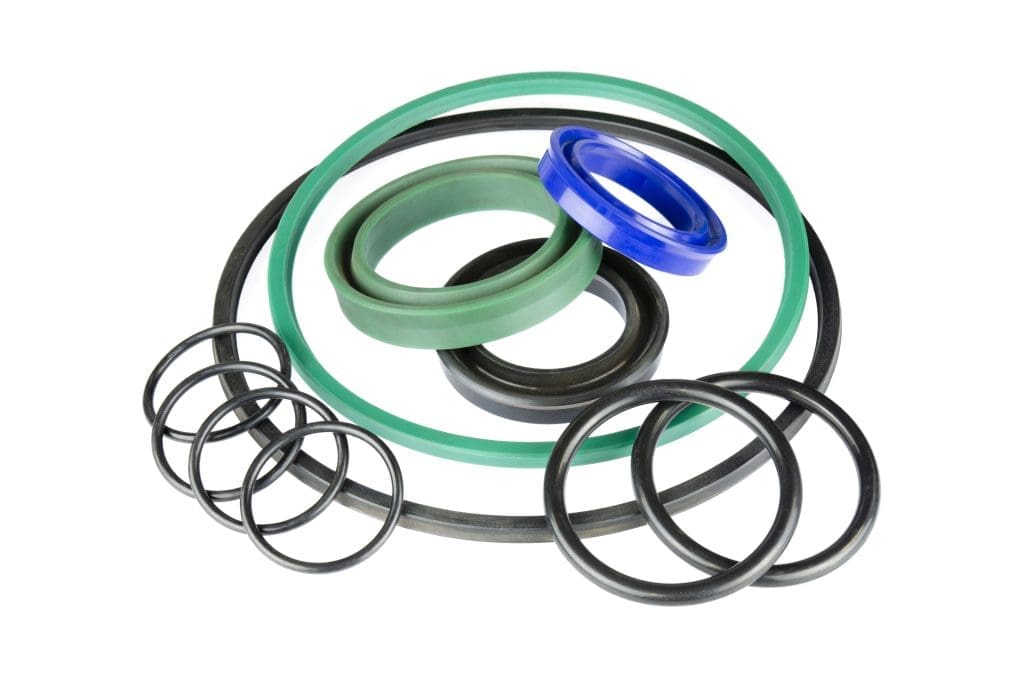Understanding IP Ratings for Rubber Seals: Ensuring Optimal Performance in Harsh Environments
Welcome to our guide on understanding IP ratings for rubber seals. If you work in an industry that operates in harsh environments, ensuring optimal performance of rubber seals is crucial. From heavy machinery to outdoor electrical enclosures, these seals play a vital role in protecting equipment from dust, water, and other external elements.
In this guide, we will discuss IP ratings and explain what they mean for your rubber seals. IP stands for Ingress Protection, and it provides a standardised rating system to assess the level of protection a seal offers against solids and liquids. Understanding IP ratings helps you select the right seals for your specific application, whether it’s for marine environments, air conditioning systems, or outdoor lighting fixtures.

Importance of IP Ratings in Harsh Environments
In industries where equipment is exposed to harsh environments, such as construction sites, manufacturing plants, or offshore oil rigs, the integrity of rubber seals is vital. Rubber seals ensure that equipment remains protected from dust, moisture, and other external contaminants that can cause damage and affect performance. Without adequate protection, equipment failure, downtime, and costly repairs can result.
This is where IP ratings come into play. IP ratings provide a standardised way to assess the level of protection a seal offers against solids and liquids.
By understanding IP ratings, you can choose rubber seals that meet the specific requirements of your industry and application. Whether you need seals for outdoor lighting fixtures that are exposed to rainwater or heavy machinery that operates in dusty environments, selecting the right IP rated seals ensures optimal performance and longevity.


Understanding the Structure of IP Ratings for Rubber Seals
To understand IP ratings, let’s break down their structure. IP ratings consist of two digits, which are followed by optional letters denoting additional features or exceptions. The first digit represents the level of protection against solids, while the second digit indicates the level of protection against liquids.
The first digit ranges from 0 to 6 and describes the seal’s ability to protect against solids. A rating of 0 means no protection against solids, while a rating of 6 indicates complete protection against dust and other solid particles.
The second digit ranges from 0 to 9 and signifies the seal’s ability to protect against liquids. A rating of 0 means no protection against liquids, while a rating of 9 indicates the highest level of protection against powerful jets of water.
In some cases, IP ratings may be followed by additional letters. These letters denote specific features or exceptions to the standard rating system. For example, the letter “K” indicates protection against high-pressure water jets, while the letter “H” implies the seal is resistant to high-voltage electrical contact.
By understanding the structure of IP ratings, you can decipher the level of protection a seal offers and choose the appropriate rubber seals for your specific needs.

IP Rating Testing Methods for Rubber Seals
To assign IP ratings to rubber seals, manufacturers subject the seals to various testing methods. These tests assess the seals’ ability to resist the ingress of solids and liquids under specific conditions. Let’s take a closer look at some common IP rating testing methods for rubber seals.
The first test, known as the “dust test,” evaluates a seal’s ability to protect against solid particles. In this test, the seal is placed in a chamber with fine dust particles, and its performance is assessed based on the amount of dust that enters the enclosure. The seal’s ability to prevent dust ingress determines its rating on the first digit of the IP scale.
The second test, referred to as the “water test,” assesses a seal’s ability to protect against liquids. The seal is subjected to various levels of water pressure and different types of water jets to determine its resistance. The seal’s ability to prevent water ingress determines its rating on the second digit of the IP scale.
These testing methods ensure that rubber seals meet the required standards and provide the level of protection specified by their IP ratings. By understanding the testing methods, you can have confidence in the performance and reliability of the rubber seals you choose.
 Common IP Ratings for Rubber Seals and Their Meanings
Common IP Ratings for Rubber Seals and Their Meanings
Now that we understand the structure of IP ratings and the testing methods used, let’s explore some common IP ratings for rubber seals and what they mean in terms of protection.
IP66: This rating indicates that the seal is dust-tight, providing complete protection against dust ingress. It also signifies that the seal is protected against low-pressure water jets from any direction. IP66 rated seals are commonly used in outdoor lighting fixtures, where they are exposed to rainwater and dust.
IP67: Seals with an IP67 rating are dust-tight, just like IP66 rated seals. However, they offer a higher level of protection against liquids. IP67 rated seals can withstand temporary immersion in water up to 1 meter in depth for a limited time. These seals are often used in marine environments or applications where exposure to water is expected.
IP68: This rating represents the highest level of protection against both solids and liquids. IP68 rated seals are not only dust-tight but also can withstand continuous immersion in water beyond 1 meter in depth. These seals are ideal for applications such as underwater equipment or environments where frequent exposure to water is unavoidable.
These are just a few examples of common IP ratings for rubber seals. By understanding the meaning behind each rating, you can select the appropriate seals for your specific application and ensure the protection your equipment requires.
Factors to Consider When Selecting Rubber Seals with Specific IP Ratings
When selecting rubber seals with specific IP ratings, several factors need to be considered. These factors ensure that the seals meet the requirements of your industry and application, providing optimal performance and longevity. Let’s explore some of these factors below.
Material Selection: The choice of rubber material is crucial in determining the effectiveness of the seal’s IP rating. Different rubber compounds offer varying levels of resistance to solids and liquids. For example, EPDM rubber is known for its excellent resistance to weathering and UV exposure, making it suitable for outdoor applications. Nitrile rubber, on the other hand, provides good resistance to oils and fuels, making it ideal for industrial machinery.
Design Features: The design of the rubber seal plays a significant role in its ability to provide the desired level of protection. Factors such as groove dimensions, compression set, and cross-section geometry impact the seal’s ability to resist ingress. Working closely with a reputable seal manufacturer can help ensure that the design features of the rubber seals align with the required IP rating.
Environmental Factors: The specific environmental conditions your equipment operates in should be carefully considered when selecting rubber seals. Factors such as temperature extremes, exposure to chemicals, or high-pressure water jets can affect the seal’s performance. It’s essential to choose seals that are designed to withstand the specific environmental challenges of your application.
By considering these factors when selecting rubber seals with specific IP ratings, you can ensure that the seals meet the necessary requirements and provide optimal protection for your equipment.

Benefits of Using Rubber Seals with Appropriate IP Ratings
Using rubber seals with appropriate IP ratings offers several benefits, including:
Protection against Contaminants: Rubber seals with the right IP ratings provide effective protection against dust, dirt, moisture, and other contaminants. This protection helps extend the lifespan of equipment and reduces the risk of failures caused by external elements.
Enhanced Performance: When equipment is properly sealed, its performance remains consistent even in harsh environments. Rubber seals with appropriate IP ratings ensure that equipment operates at its best, maintaining productivity and reducing downtime.
Cost Savings: By using rubber seals with the right IP ratings, you can avoid costly repairs and replacements caused by damage from dust, water, or other contaminants. Investing in proper seals upfront can save you money in the long run.
Compliance with Regulations: In certain industries, compliance with specific regulations or standards is mandatory. Using rubber seals with the appropriate IP ratings ensures compliance and provides peace of mind.
By understanding the benefits of using rubber seals with appropriate IP ratings, you can make informed decisions that lead to improved equipment performance and cost savings.
Challenges of Using Rubber Seals in Harsh Environments
While rubber seals with appropriate IP ratings offer significant protection, there are challenges that need to be considered when using them in harsh environments.
Extreme Temperatures: Rubber seals may be exposed to extreme temperatures, both high and low, depending on the application. These temperature extremes can affect the performance and durability of the seals. It’s important to choose seal materials that can withstand the specific temperature range of your application.
Chemical Exposure: Some industries involve exposure to aggressive chemicals that can degrade rubber seals over time. It’s essential to select seal materials that are resistant to the specific chemicals present in your environment to ensure long-term performance.
Mechanical Stress: In certain applications, rubber seals may experience significant mechanical stress, such as compression, tension, or repetitive movements. These stresses can affect the seal’s performance and lifespan. Choosing seals with appropriate hardness and design features can help mitigate the effects of mechanical stress.
By understanding and addressing these challenges, you can ensure the reliability and longevity of rubber seals in harsh environments.

Maintaining and Inspecting Rubber Seals to Ensure Optimal Performance
To ensure optimal performance of rubber seals in harsh environments, regular maintenance and inspections are crucial. Here are some key practices to consider:
Regular Cleaning: Regularly clean rubber seals to remove any accumulated dirt, dust, or debris that may compromise their effectiveness. Use mild cleaning agents and avoid harsh chemicals that can damage the seals.
Inspection for Damage: Regularly inspect rubber seals for any signs of damage, such as cracks, tears, or wear. Replace damaged seals promptly to avoid any potential failures.
Lubrication: Lubricate rubber seals, if necessary, to reduce friction and wear. Make sure to use a lubricant compatible with the seal material and the specific application.
Environmental Monitoring: Monitor environmental factors such as temperature, humidity, and exposure to chemicals. Any changes in these factors may require adjustments to the seal material or design.
By incorporating these maintenance and inspection practices, you can ensure the ongoing performance and longevity of rubber seals in harsh environments.
Conclusion: Importance of Choosing the Right IP Rated Rubber Seals for Harsh Environments
In conclusion, understanding IP ratings for rubber seals is essential for ensuring optimal performance in harsh environments. These ratings provide a standardised way to assess the level of protection a seal offers against solids and liquids. By deciphering IP ratings and considering factors such as material selection, design features, and environmental factors, you can choose rubber seals that meet the specific requirements of your application.
Using rubber seals with appropriate IP ratings offers numerous benefits, including protection against contaminants, enhanced equipment performance, cost savings, and compliance with regulations. However, it’s important to address challenges such as extreme temperatures, chemical exposure, and mechanical stress to ensure the reliability and longevity of seals.
Regular maintenance and inspections are crucial to maintain the performance of rubber seals in harsh environments. By following best practices such as regular cleaning, inspection for damage, lubrication, and environmental monitoring, you can ensure the ongoing effectiveness of the seals.
In conclusion, choosing the right IP rated rubber seals is vital for protecting equipment and ensuring optimal performance in demanding environments. By understanding IP ratings, considering key factors, and implementing proper maintenance practices, you can achieve long-lasting performance and reliability for your equipment.
For more information about IP seal of to discuss your specific requirements contact one of our experts today.

 Common IP Ratings for Rubber Seals and Their Meanings
Common IP Ratings for Rubber Seals and Their Meanings